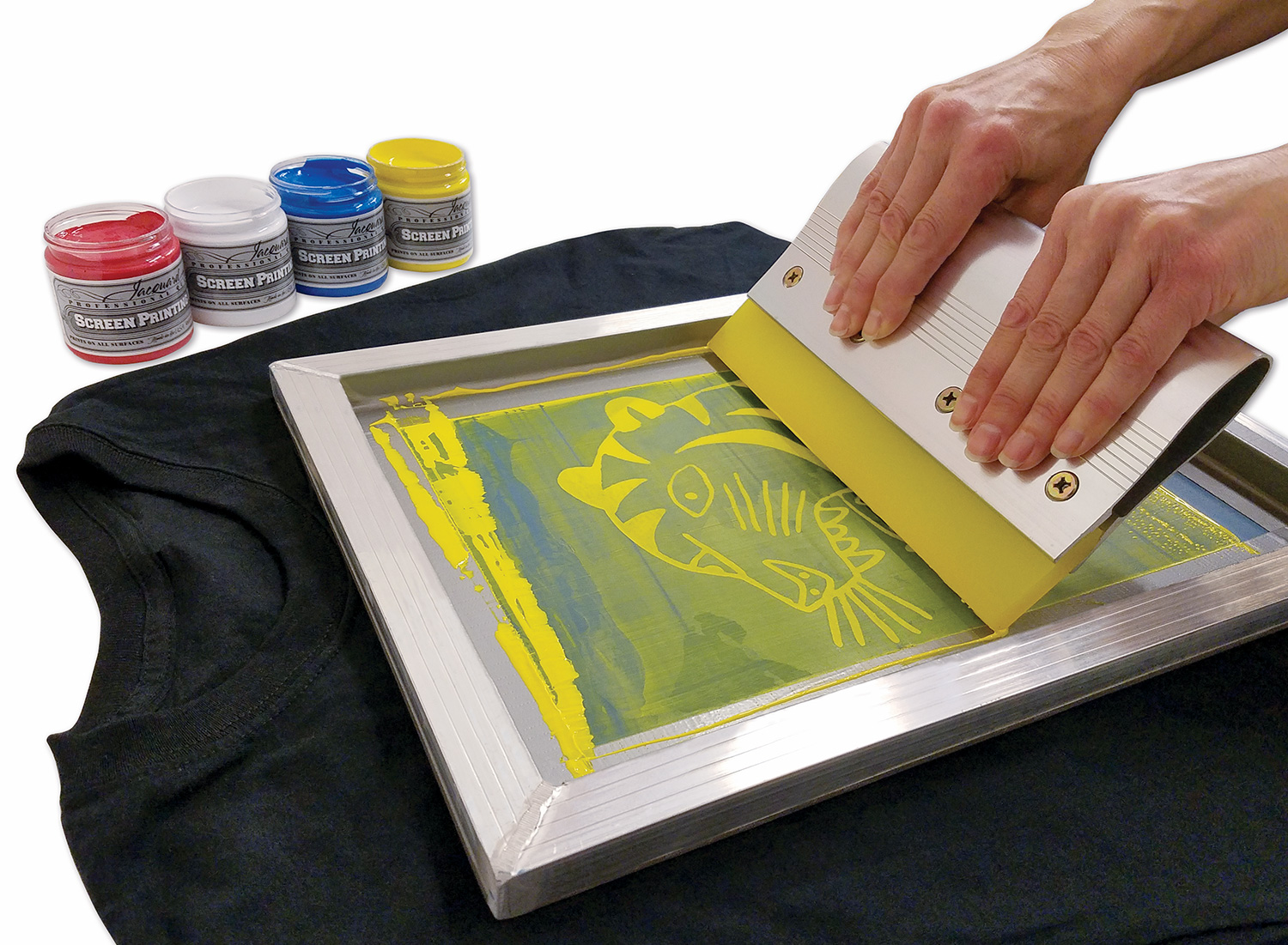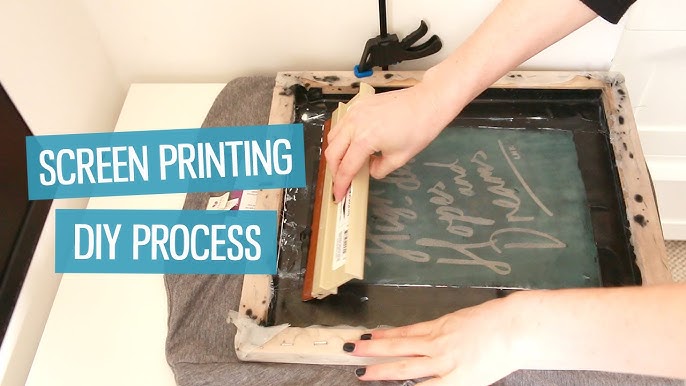ChatGPT said: The advantages of working with 10:9 Design Embroidery for branding
The Necessary Guide to Recognizing Screen Printing and Its Versatile Utilizes
Screen printing has an abundant history that dates back to ancient times, evolving right into a sophisticated strategy used throughout various markets today. This overview checks out the ins and outs of the screen printing process, outlining its applications in style, home, and advertising style - 10:9 Design Screen Printing Texas. Recognizing these fundamentals can open creative capacity for both business and artistic tasks. The complying with areas will expose essential suggestions and methods to boost one's screen printing endeavors
The Background of Screen Printing
Screen printing has roots that trace back centuries, its evolution shows the technical and imaginative developments of different cultures. Coming from in ancient China, the strategy was initially used for decorating textiles and later spread to Japan, where it ended up being important to Ukiyo-e woodblock printing. The method moved to Europe in the 18th century, where it got appeal among artisans and commercial printers. The innovation of picture emulsion in the 20th century reinvented screen printing, enabling for more elaborate styles and better performance. Artists like Andy Warhol better propelled its popularity, using the tool to produce renowned works that mixed commercialism and art. By the late 20th century, screen printing had established itself as a versatile strategy, utilized in vogue, advertising, and art. Today, it remains to develop, integrating electronic innovation and broadening its applications across various industries.
The Screen Printing Refine Explained
Screen printing transforms artistic visions right into concrete designs through a collection of accurate steps. Originally, a picture is created and afterwards moved onto a screen, commonly made from fine mesh textile stretched over a frame. A light-sensitive emulsion is put on the screen, which is revealed to light, solidifying in locations not covered by the picture. After cleaning out the unhardened emulsion, a pattern is developed.
Next, the screen is positioned over the substrate, whether it be textile, paper, or another product. Ink is then pressed with the open areas of the stencil making use of a squeegee, depositing the layout onto the substrate listed below. This process can be repeated for several shades, needing different screens for each and every color. The published thing is treated using warm to assure the ink adheres appropriately, resulting in a durable, lively style ready for use.
Sorts Of Screen Printing Techniques

In addition, specialty techniques, such as discharge screen printing, eliminate dye from the textile to produce softer prints, while aluminum foil screen printing applies metal foil to achieve a shiny surface (10:9 Design near me). Each strategy uses distinct features, satisfying numerous imaginative demands and production ranges, inevitably expanding the opportunities within the screen printing domain name
Applications of Screen Printing in Various Industries

In addition, the signs and marketing fields utilize screen printing for producing eye-catching screens and banners. This technique permits bold shades and detailed designs that catch interest. In electronic devices, screen printing is employed for applying conductive inks to circuit card, vital for component connections. The home design market accepts screen printing to generate distinct layouts on fabrics and wall surface art. Overall, screen printing works as a vital device throughout varied areas, improving products with customized and visually attractive graphics.
Tips for Successful Screen Printing Projects
While embarking on a screen printing task, mindful focus to information can significantly improve the final result. First, selecting premium materials is necessary; this consists of the screen, inks, and substrates. Making use of ideal mesh counts can affect ink deposition and information resolution. Prep work is similarly essential; extensive cleaning of screens and correct recommended you read direct exposure times ensure crisp prints.
Next off, exact enrollment is critical for multi-color prints. Utilizing positioning devices can aid achieve exact layering. Furthermore, screening prints on scrap materials before manufacturing assists determine potential problems without squandering resources.

Often Asked Concerns
What Products Are Ideal for Screen Printing on Textile?
Cotton and polyester blends are ideal for screen printing on textile as a result of their durability and ink absorption. Additionally, specialized textiles like silk or canvas can generate one-of-a-kind appearances and coatings, boosting the general style quality.
How Do I Tidy and Maintain Screen Printing Tools?
To cleanse and keep screen printing equipment, one should routinely clean displays with proper solvents, check squeegees for wear, lubricate relocating components, and store all items in a completely dry, dust-free atmosphere to prolong their life expectancy.
What Are the Environmental Influences of Screen Printing?
Screen printing can have substantial environmental impacts, consisting of chemical waste from inks and solvents, water usage throughout cleaning processes, and power usage. Environmentally friendly products and sustainable methods are important for minimizing these adverse impacts.
Can Screen Printing Be Done at Home Successfully?
Screen printing can be efficiently done at home with the right products and techniques. Enthusiasts can produce quality prints, though success depends upon their ability level, tools, and understanding of the process entailed.
What Are the Costs Linked With Beginning a Screen Printing Organization?

Beginning a screen printing business involves expenses for tools, products, and office. Initial expenses normally vary from a couple of hundred to numerous thousand dollars, depending upon the scale, high quality of equipment, and desired production capability.
Screen printing has an abundant background that dates back to old times, evolving into a sophisticated method made use of throughout numerous industries today. Another technique, rotary screen printing, utilizes cylindrical screens, promoting continuous printing on fabric Click This Link rolls, thus improving effectiveness for massive productions. Furthermore, specialty methods, such as discharge screen printing, get Website rid of color from the textile to develop softer prints, while aluminum foil screen printing uses metallic foil to attain a glossy surface. In the fashion industry, screen printing is commonly made use of to develop vibrant styles on garments, making it possible for brand names to display their distinct designs. Cotton and polyester blends are perfect for screen printing on material due to their sturdiness and ink absorption.